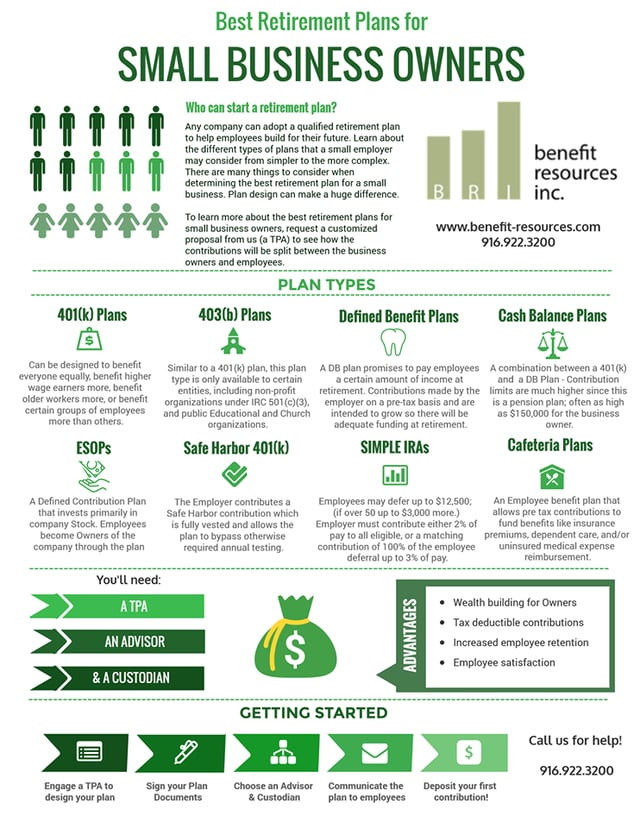UPDATED 3/28/2016
In late 2012 we first wrote about the California Secure Choice Retirement Savings plan. Now we have some more information about what the program may actually look like. A slate of recommendations are about to be voted on. Some of that information was disseminated in the Sacramento Bee article on March 28, 2016.
BACKGROUND
The California Secure Choice Retirement Savings Trust Act (SB 1234) was signed by Governor Brown on September 28, 2012. Since then, an Investment Board was established to develop regulations for the program.
BUSINESSES WITH 5 OR MORE EMPLOYEES that do not maintain their own retirement plan will be required to withhold funds from each employee’s paycheck and remit to the California Secure Choice Retirement Trust. Initial discussions were to have 3% of pay deducted, but the Investment Board is suggesting that contributions start at 5% of pay and to be increased by 1% per year up to a cap of 10% of pay.
EMPLOYEES MAY OPT OUT of the plan, and they may be able to choose an amount other than 3% of pay. The Employment Development Department is tasked with developing a set of forms for employers to provide to employees if they are covered by the plan. Certain types of employees are exempted from this Act, such as those subject to collective bargaining with a Taft Hartley plan, those covered by the Railway Labor Act, and employees of governments and governmental instrumentalities.
OPEN ENROLLMENT for employees to enter the program or make changes to his or her contribution is required only once every two (2) years so changes may be limited to those open enrollment periods.
A PENALTY OF $500 PER EMPLOYEE will be imposed on any employer who is subject to the Act but who does not offer enrollment to their employees.
INVESTMENTS as recommended by the Board are to include a Target-Date type fund that invests in the market and gets more conservative as the employee gets closer to their target retirement age. A possible second option would be a pooled account backed by a reserve that would smooth out market fluctuations. This second option is apparently more complex, and would require approval from other agencies such as the Securities and Exchange Commission.
FEDERAL APPROVAL must be granted before this legislation can get underway. The Board must submit its proposal for the program to the Internal Revenue Service and the Department of Labor in advance to request that contributions to the trust will be able to be pre-tax, and that the Trust will not be subject to ERISA. Other states such as Illinois and Massachusetts have started down this road, so it’s not a completely new proposal.
EMPLOYERS HAVE A CHOICE! Whether or not the California Secure Choice Retirement Savings Trust is ever implemented, companies that sponsor their own retirement plan will be exempt from the rules that it imposes. So you have a choice: do nothing, and end up with a state-run retirement plan, or establish your own retirement plan. You can let the state make the rules, or you can set up a plan that suits your needs and the needs of your employees. You can let the state invest your retirement savings, or you can establish an investment mix that you control.
CALL BRI TODAY to find out more about setting up a retirement plan for your company. Yes, there is a retirement crisis looming, but you and your employees don’t have to be a statistic. Set up your own plan – it’s easier than you think. Schedule a Free Consultation to find out how we can help you avoid a state-run plan!
To read the text of the California Secure Choice Retirement Trust Act for yourself, go to http://leginfo.legislature.ca.gov/faces/billNavClient.xhtml?bill_id=201120120SB1234
You may also like:
How to set up a company retirement plan
What's the best pension plan for you
Best retirement plans for Small Business Owners
Regulation Image courtesty of Stuart Miles / FreeDigitalPhotos.net